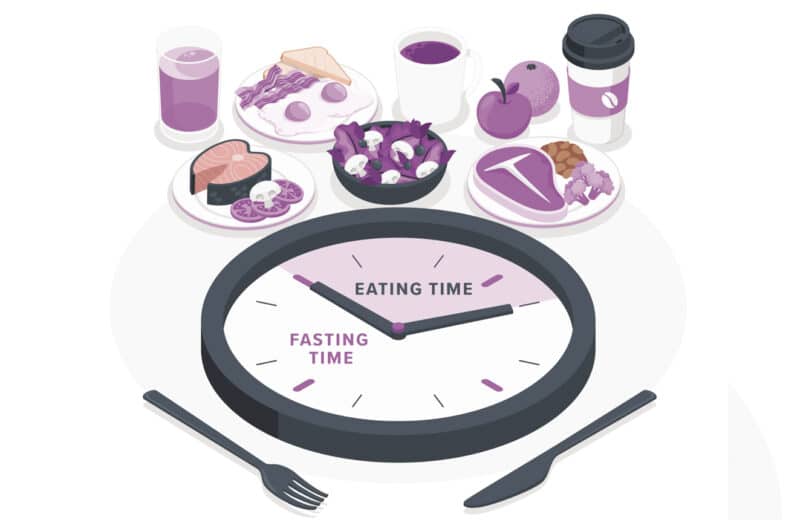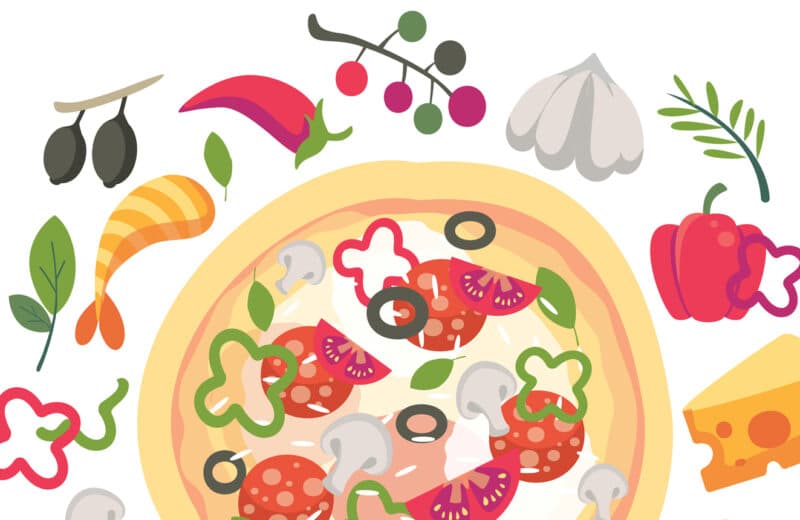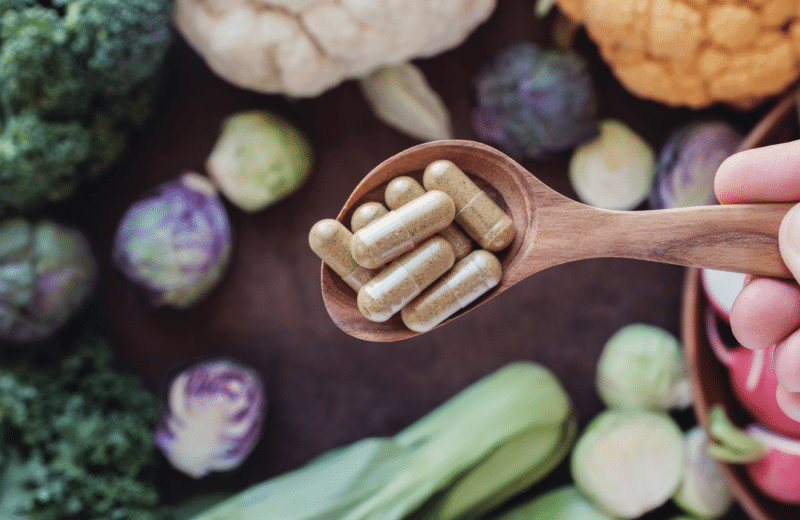By Densie Webb, Ph.D., R.D., Environmental Nutrition Newsletter
“I love you, salt, but you’re breaking my heart.” This is the plea from the American Heart Association for Americans to pledge to “break up” with salt. Almost 81,000 people have done just that. But, it seems breaking up is hard to do. That’s because salt is everywhere. It is a preservative in any number of food products, a texture enhancer in breads and cheese, and a binder and color enhancer in processed meats. Not to mention, it makes food taste really good.
How much sodium to aim for?
A survey conducted by the Centers for Disease Control and Prevention found that just over 50 percent of people questioned said they were currently trying to reduce their sodium intake. Despite major efforts over the past several decades to get Americans to cut back on their salt intake, the average adult still consumes between 3,400 to 3,600 milligrams (mg) of sodium a day. (Sodium is the component of salt that is believed to raise blood pressure.) The recently released 2015 Dietary Guidelines for Americans now recommend limiting sodium intake to 2,300 mg a day and 1,500 mg for those who are at risk for cardiovascular disease.
But not everyone believes it’s time to write a “Dear John” letter to sodium. It’s been suggested that if sodium is too low, it can pose its own health risks. In 2013, the Institute of Medicine stated that there was not enough evidence to reduce sodium intakes to less than 2,300 milligrams. Most experts agree that not everyone is sensitive to the potential blood-pressure-raising effects of sodium. An estimated 25 percent of Caucasian adults are believed to be salt-sensitive and 50 percent of African American adults. Because there is currently no way to test for salt sensitivity, it’s recommended that everyone cut back. That said, it still makes sense to bring sodium levels to a healthier range of 2,300 mg per day.
Bringing sodium in line
If you’re relying on restaurant, processed, and packaged foods that contain excessive amounts of sodium, you can easily exceed your daily limit for sodium. In addition to cutting back on salt, keep in mind that increasing your potassium intake from fruits and vegetables — which most of us don’t get enough of anyway — can negate some of the blood-pressure-raising effects of a higher sodium intake. Regular exercise also can help lower blood pressure.
(Reprinted with permission from Environmental Nutrition, a monthly publication of Belvoir Media Group, LLC. 800-829-5384. www.EnvironmentalNutrition.com.)












